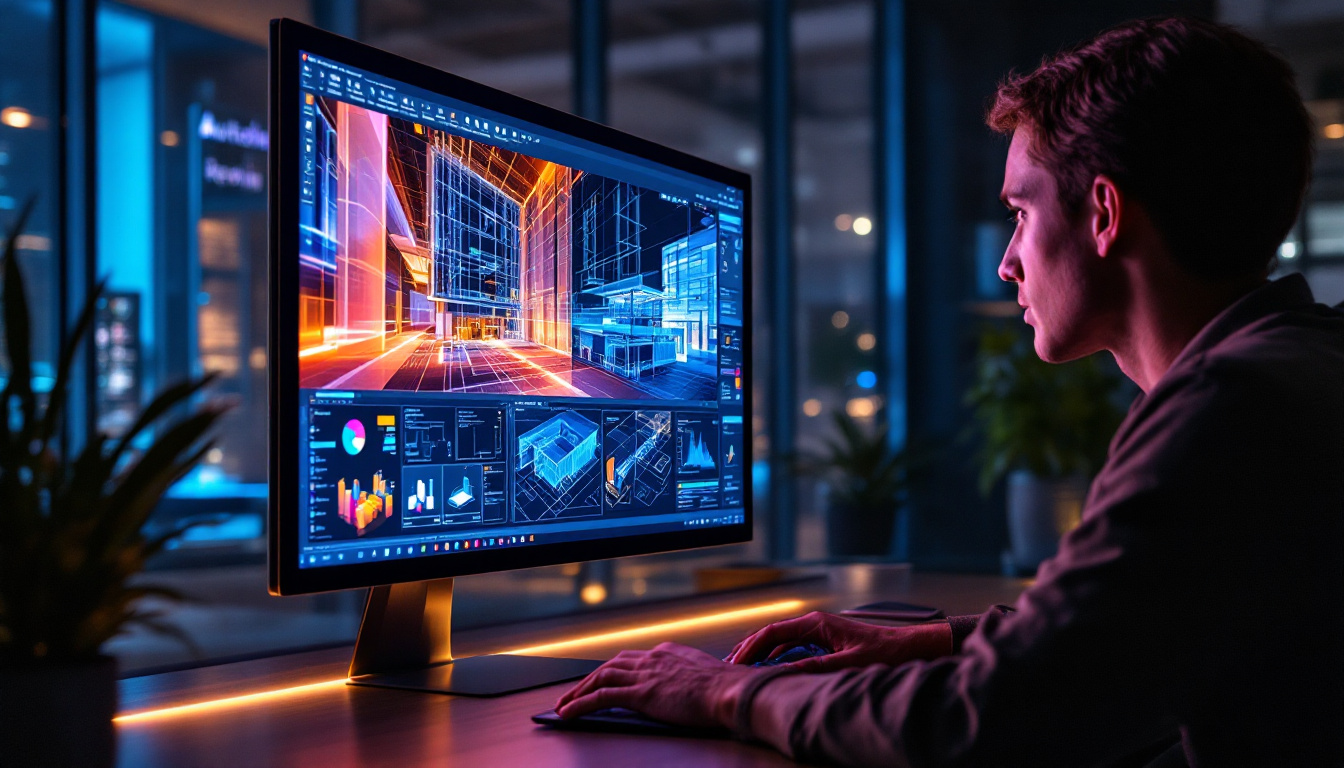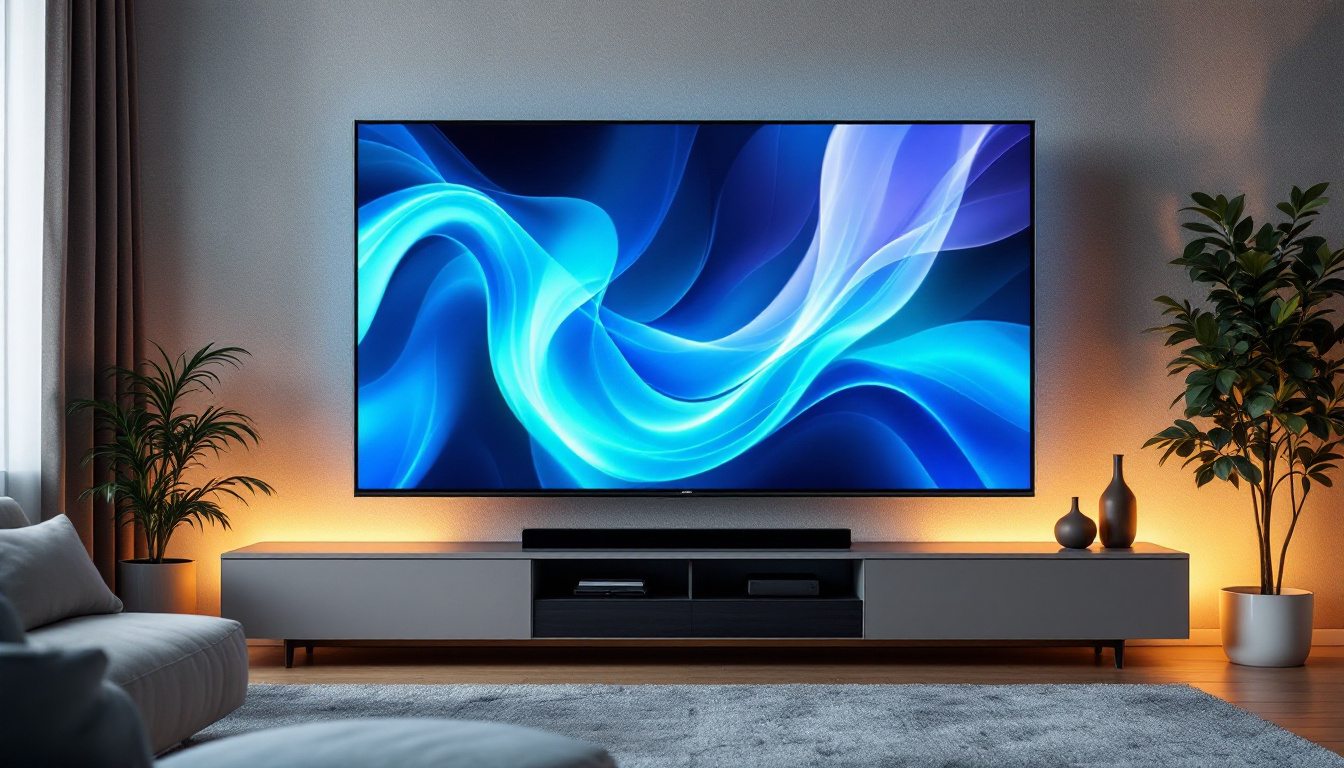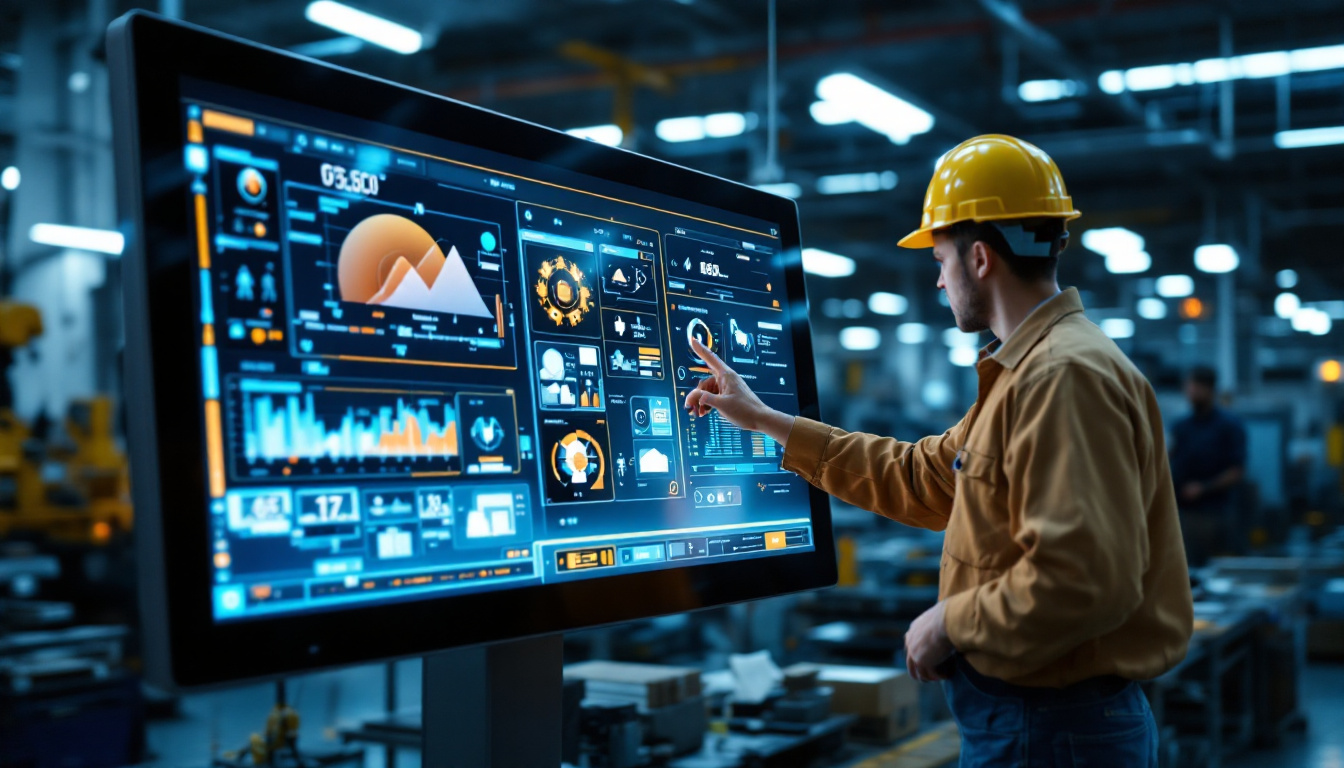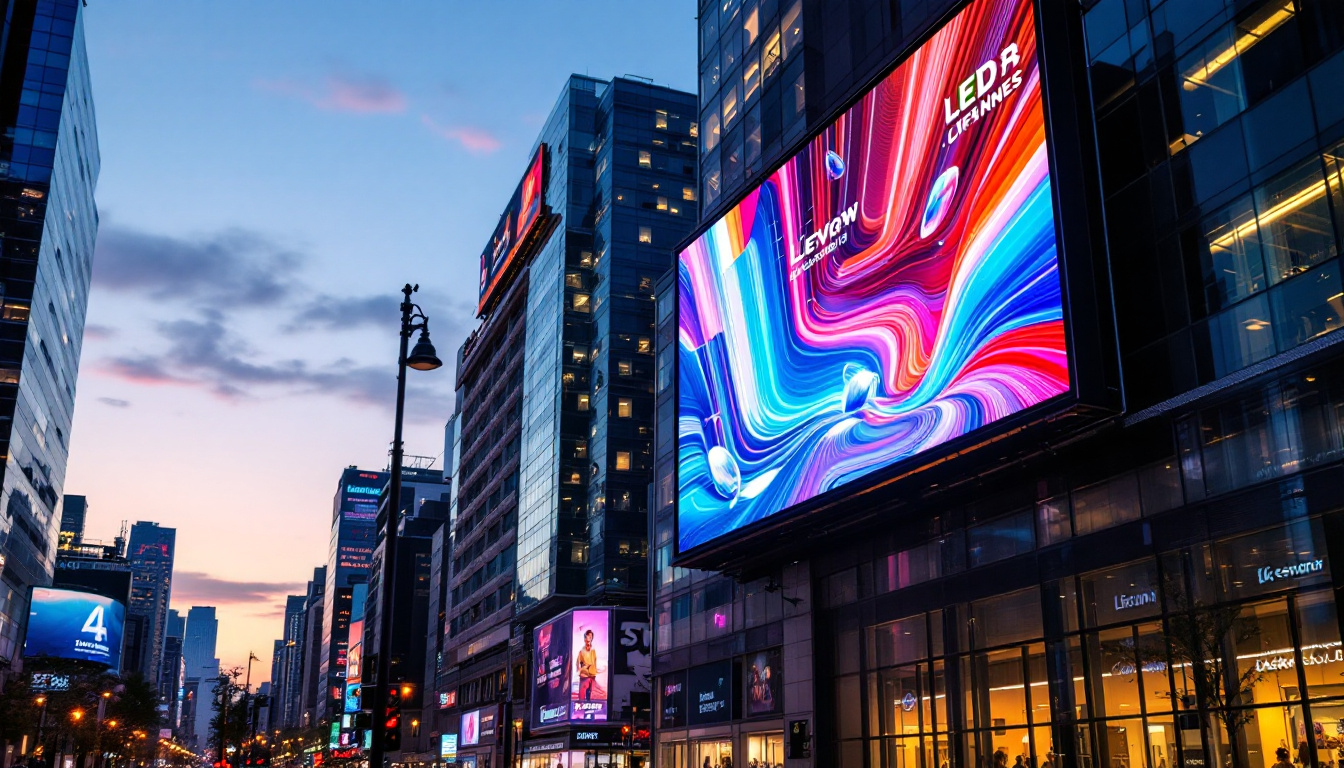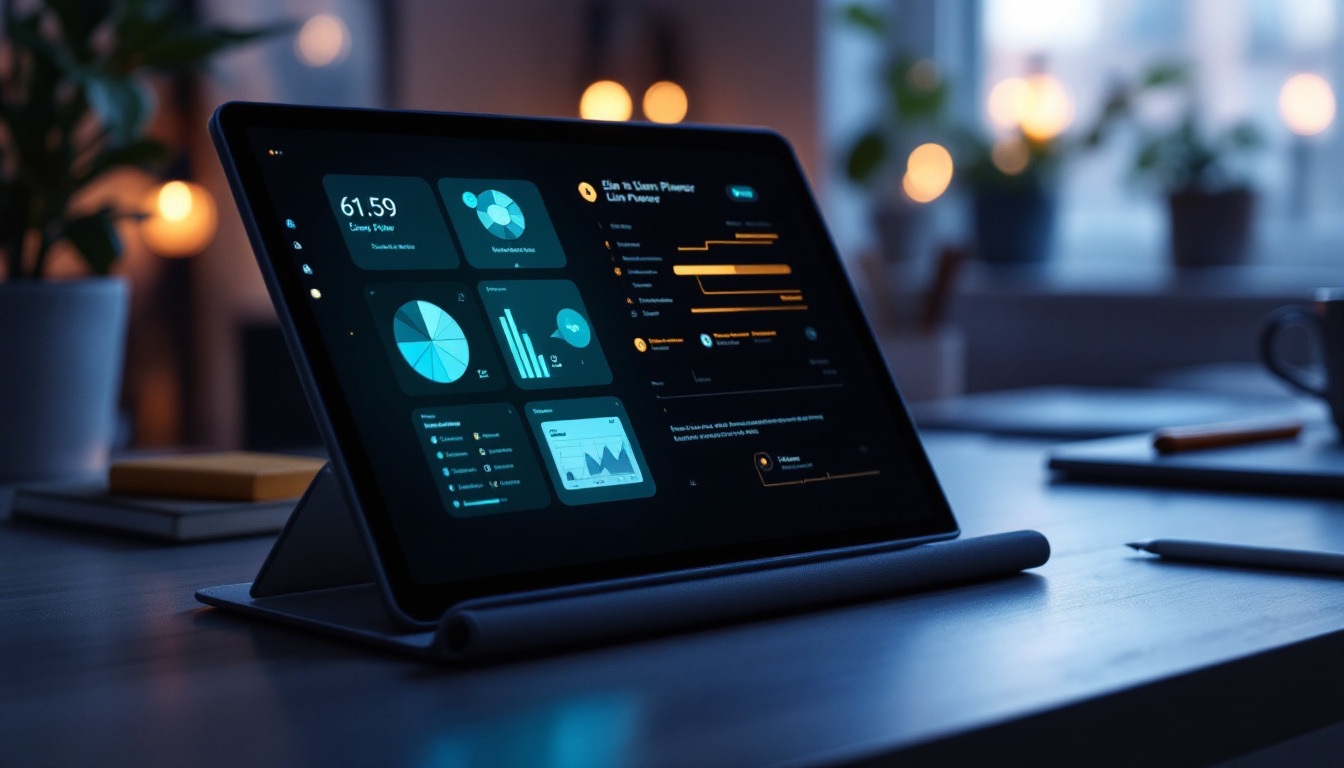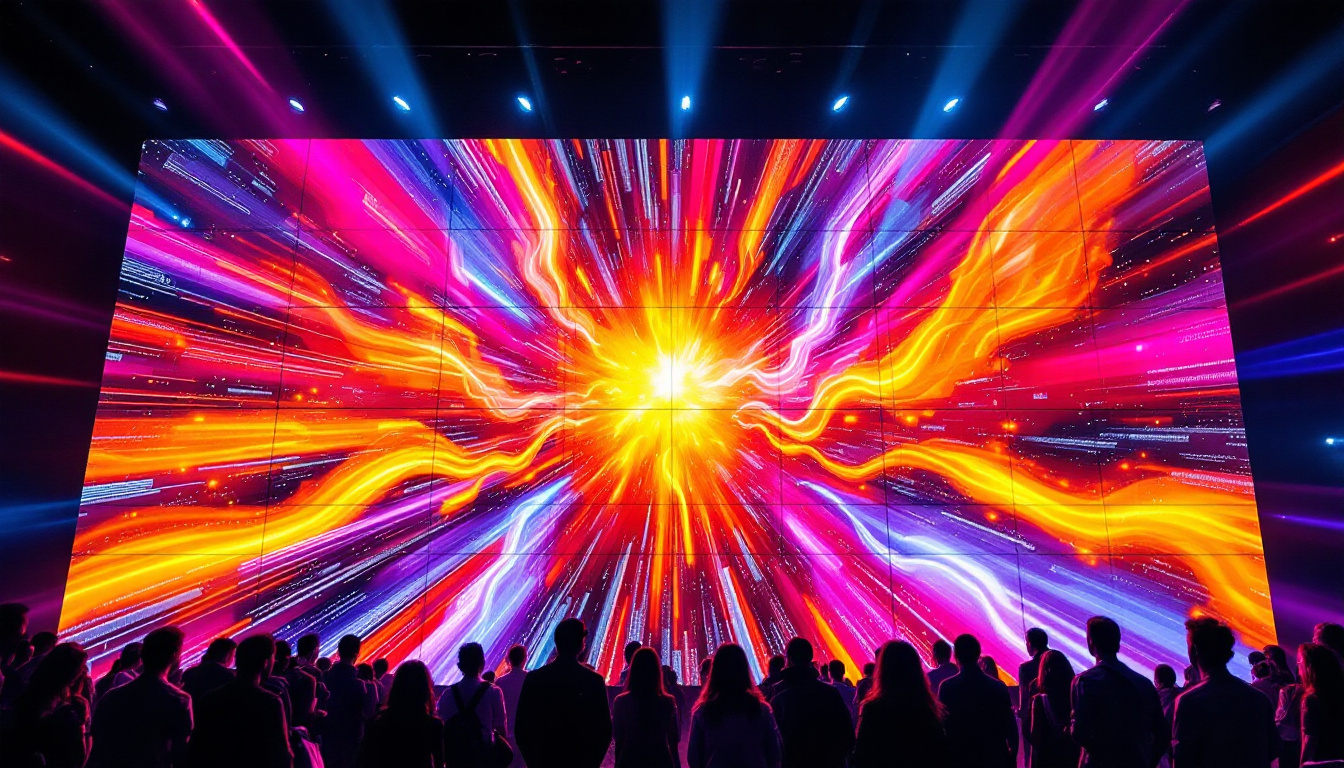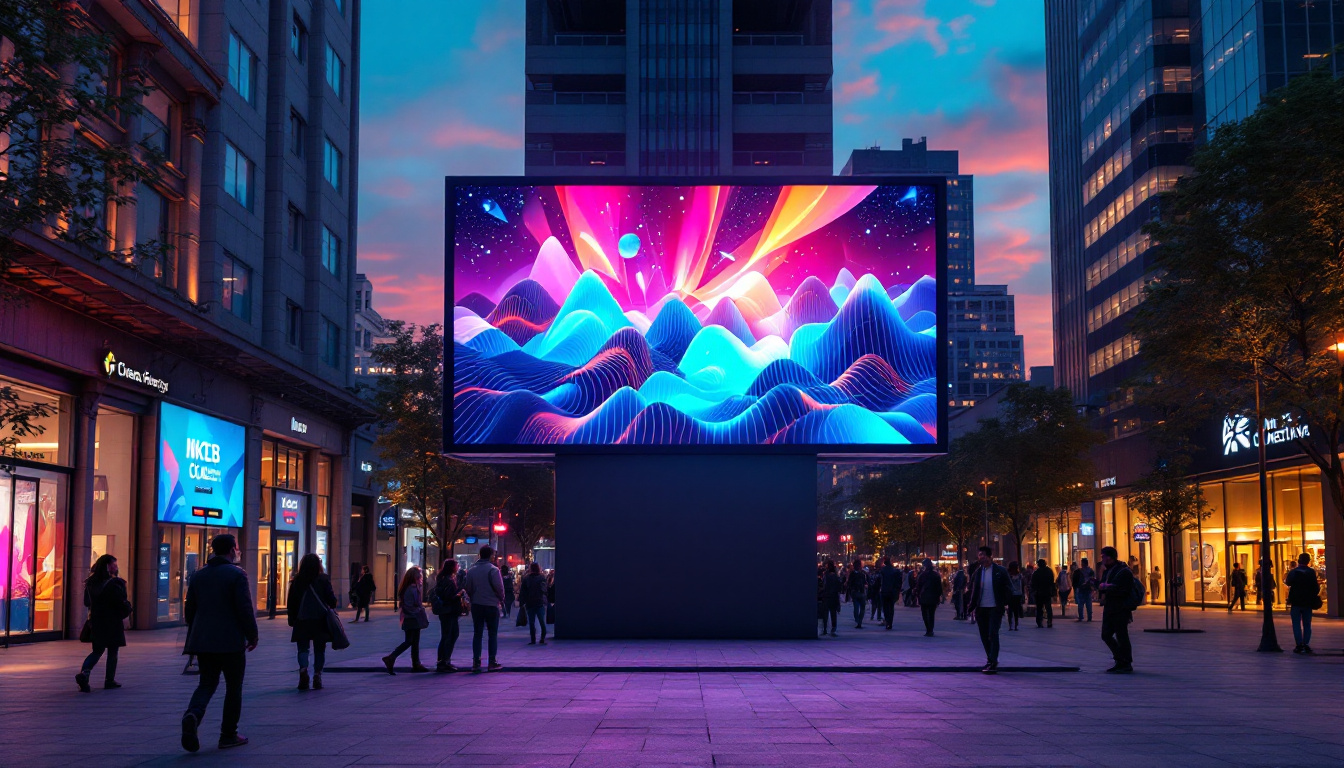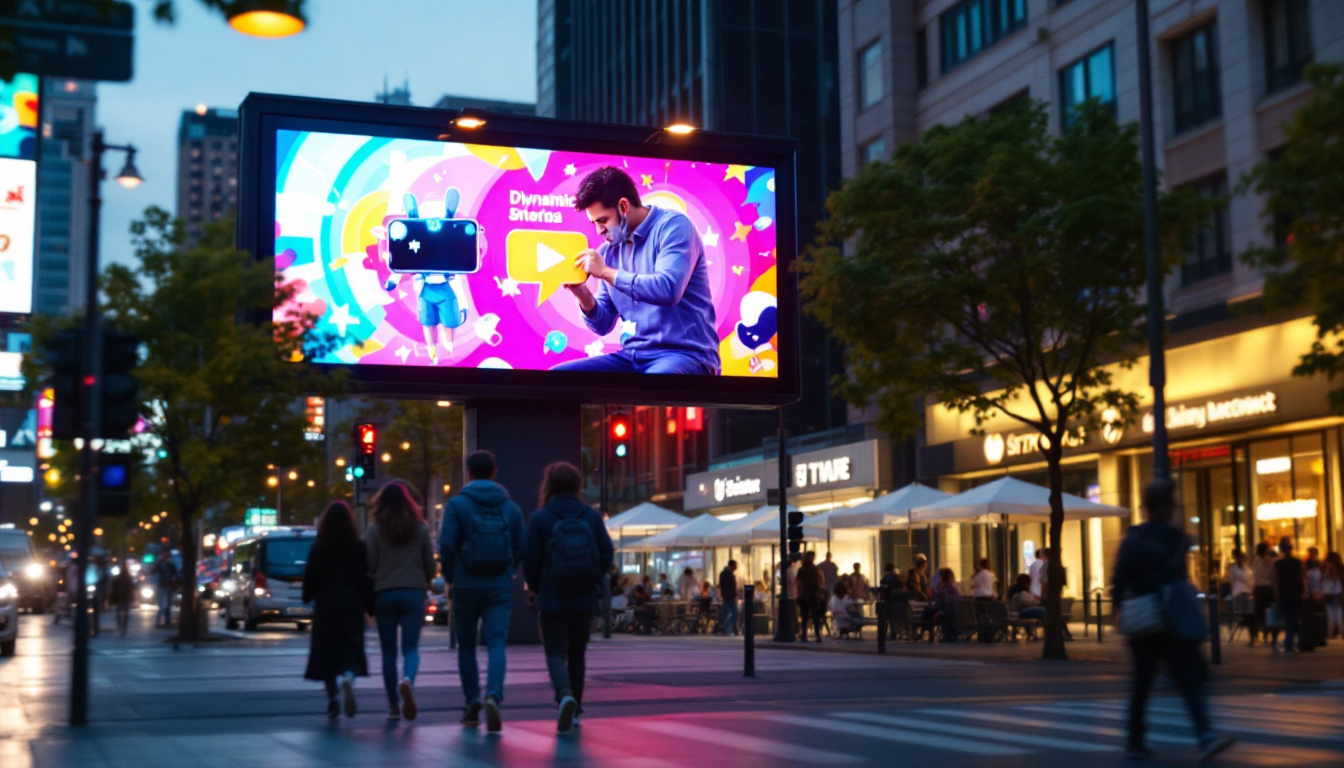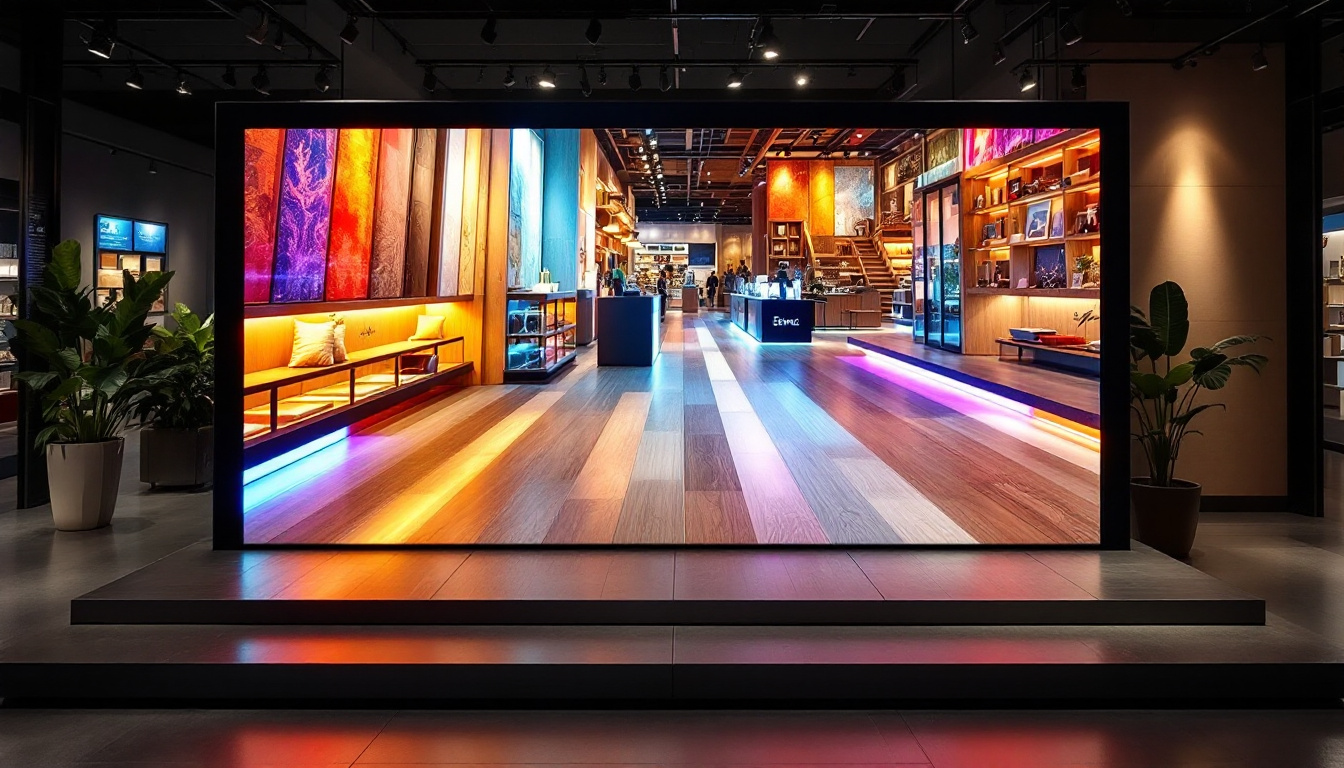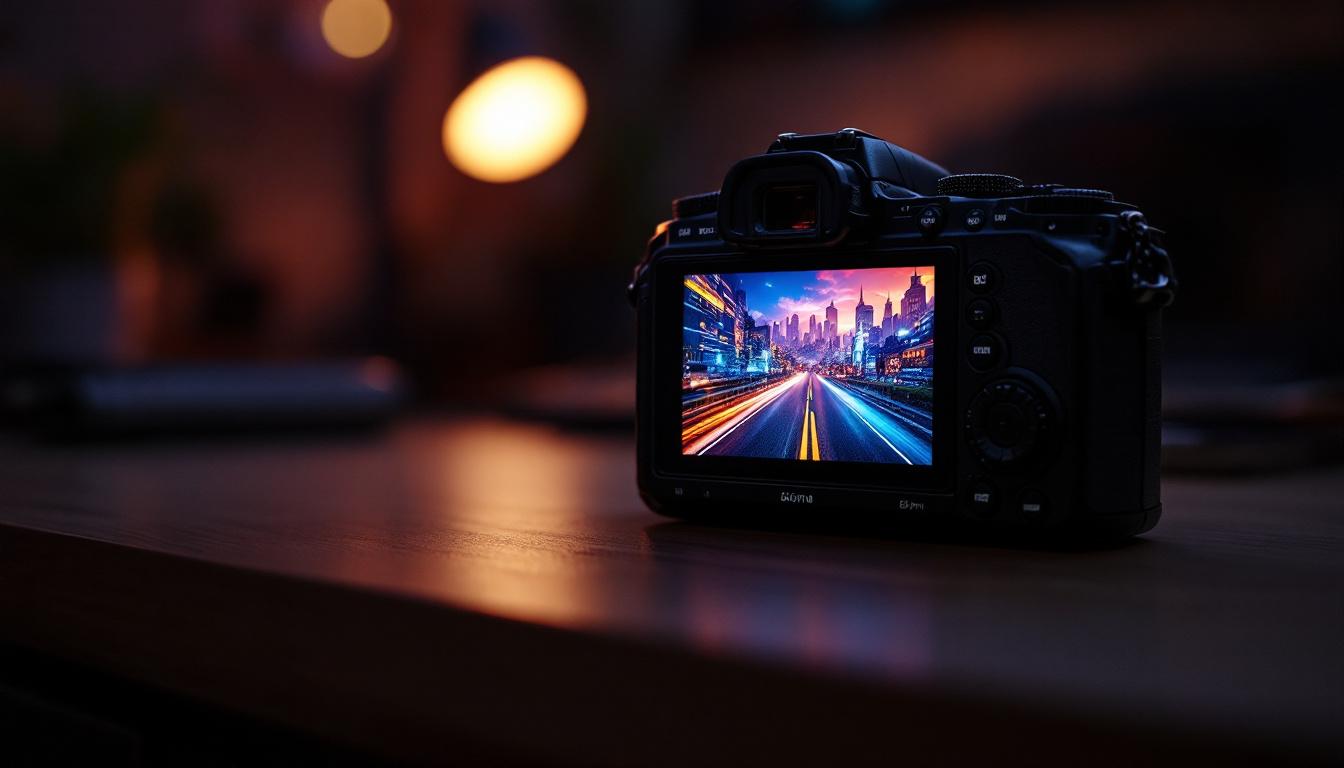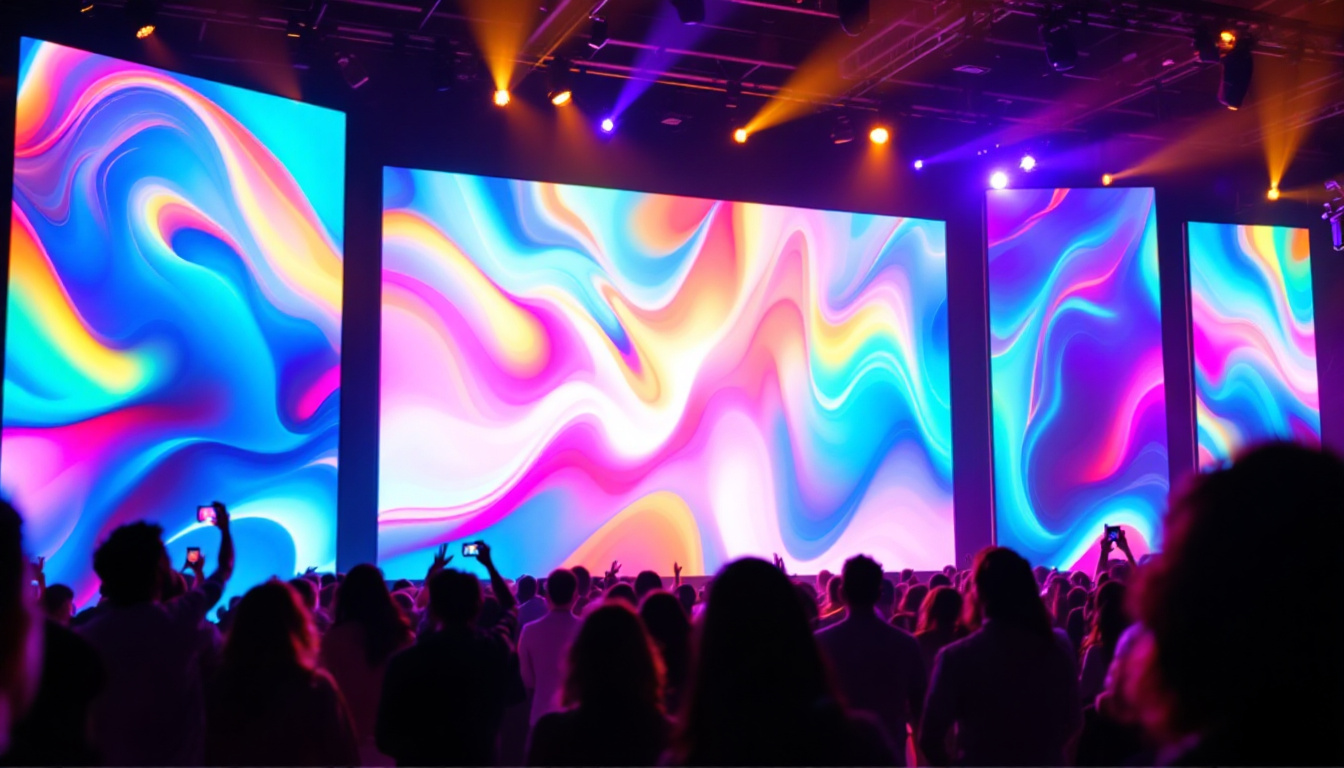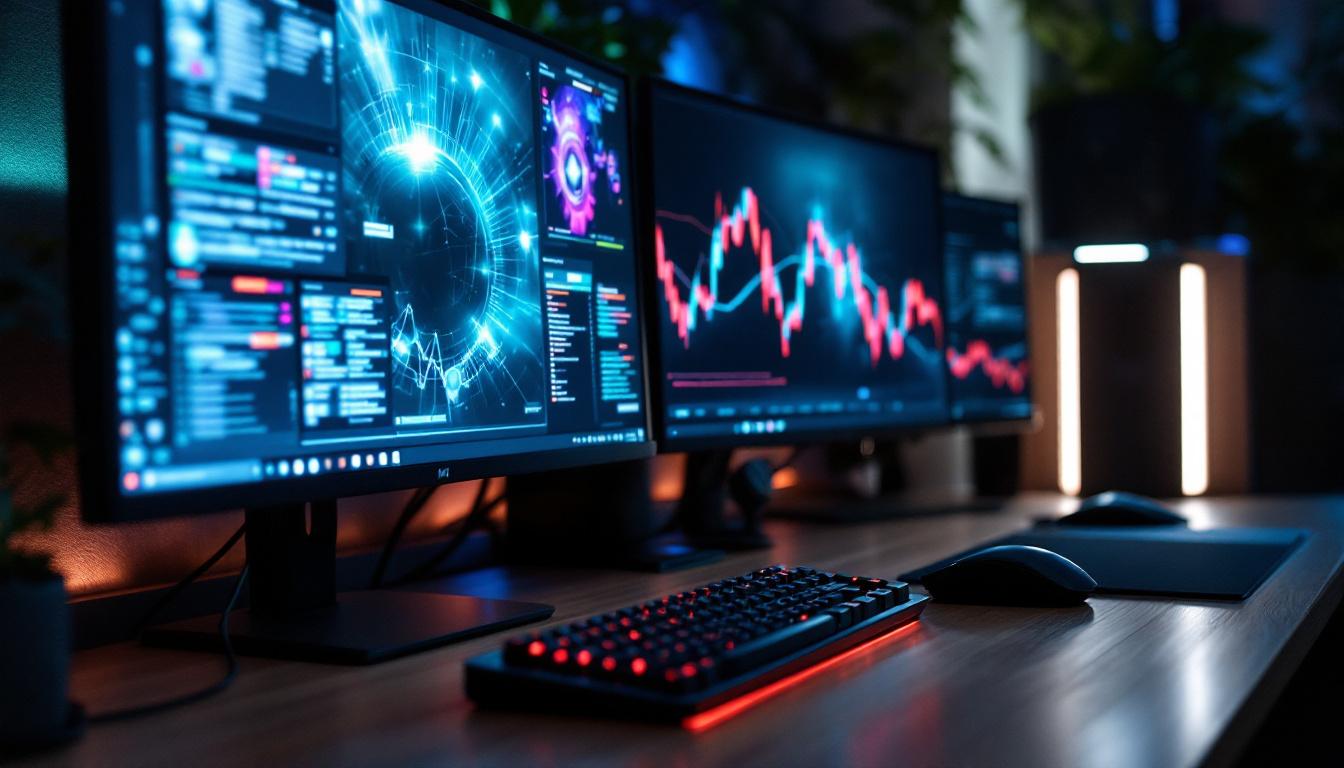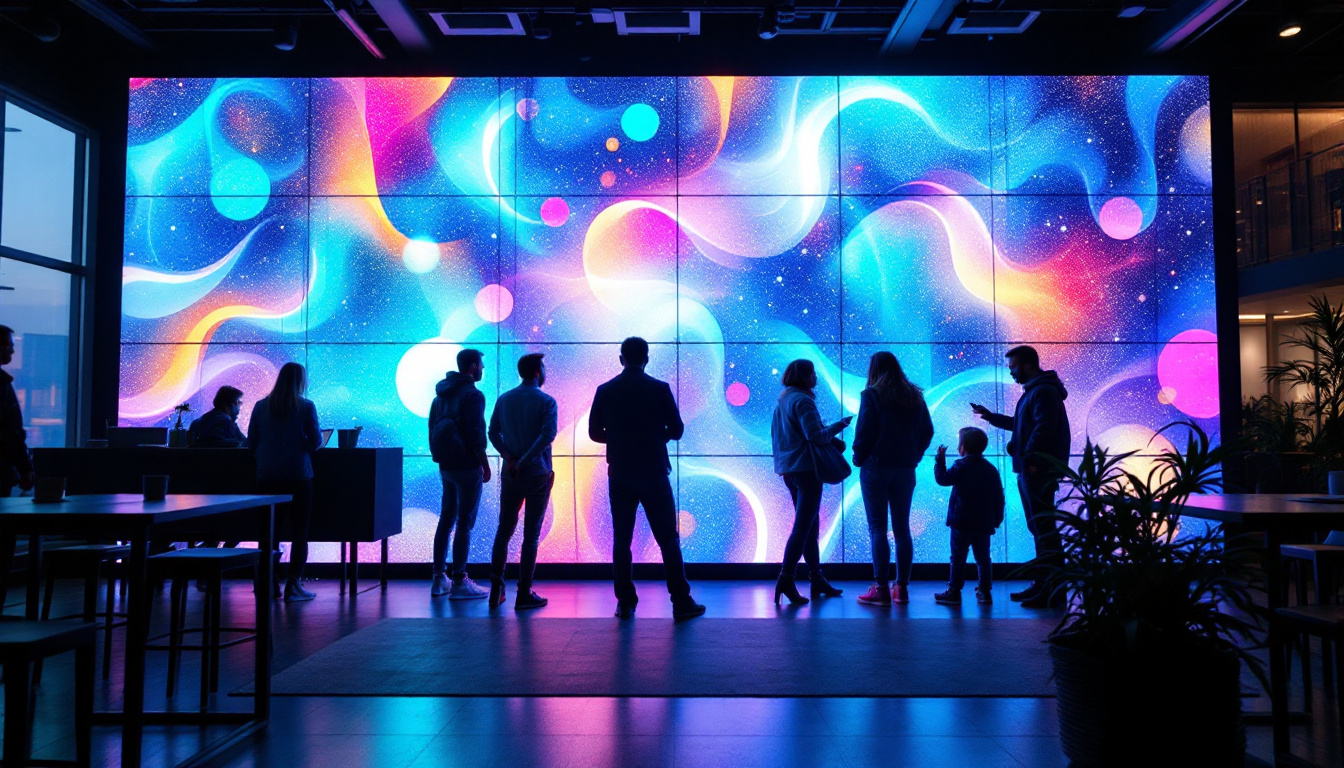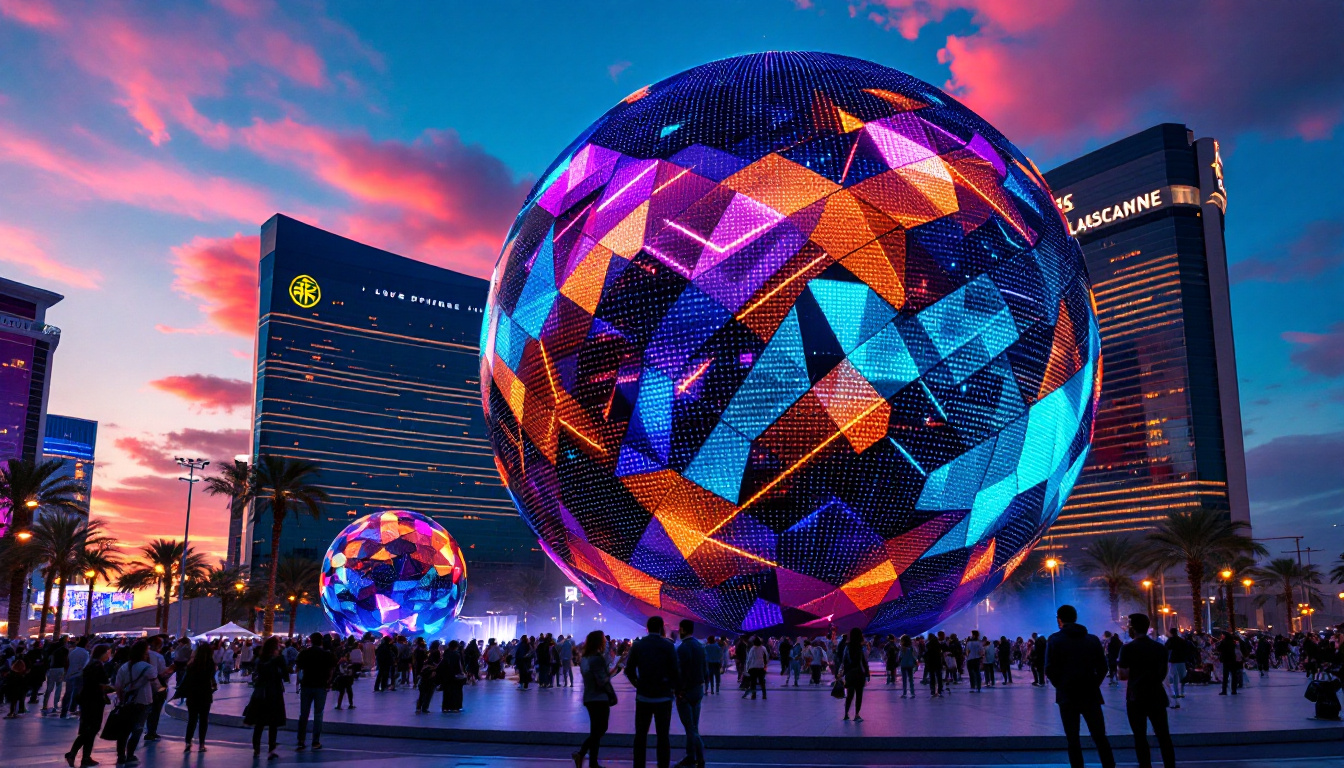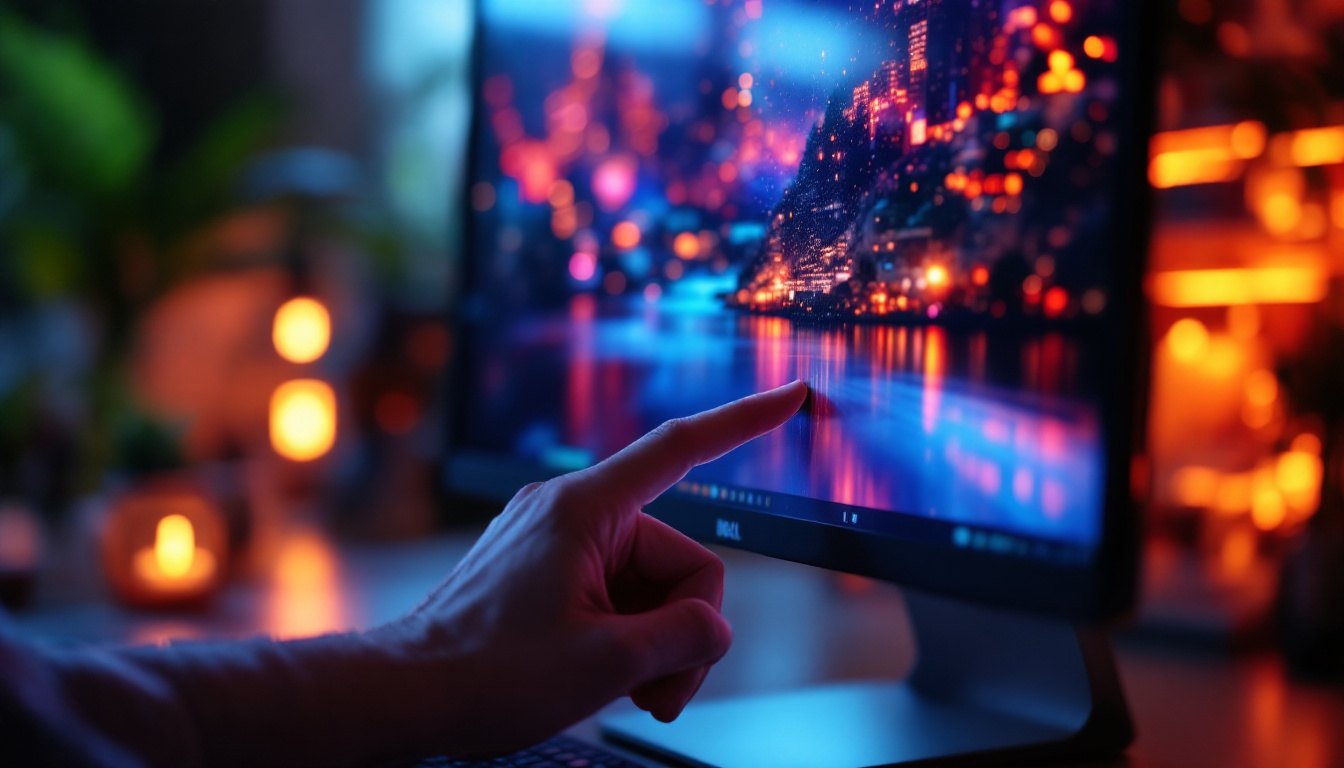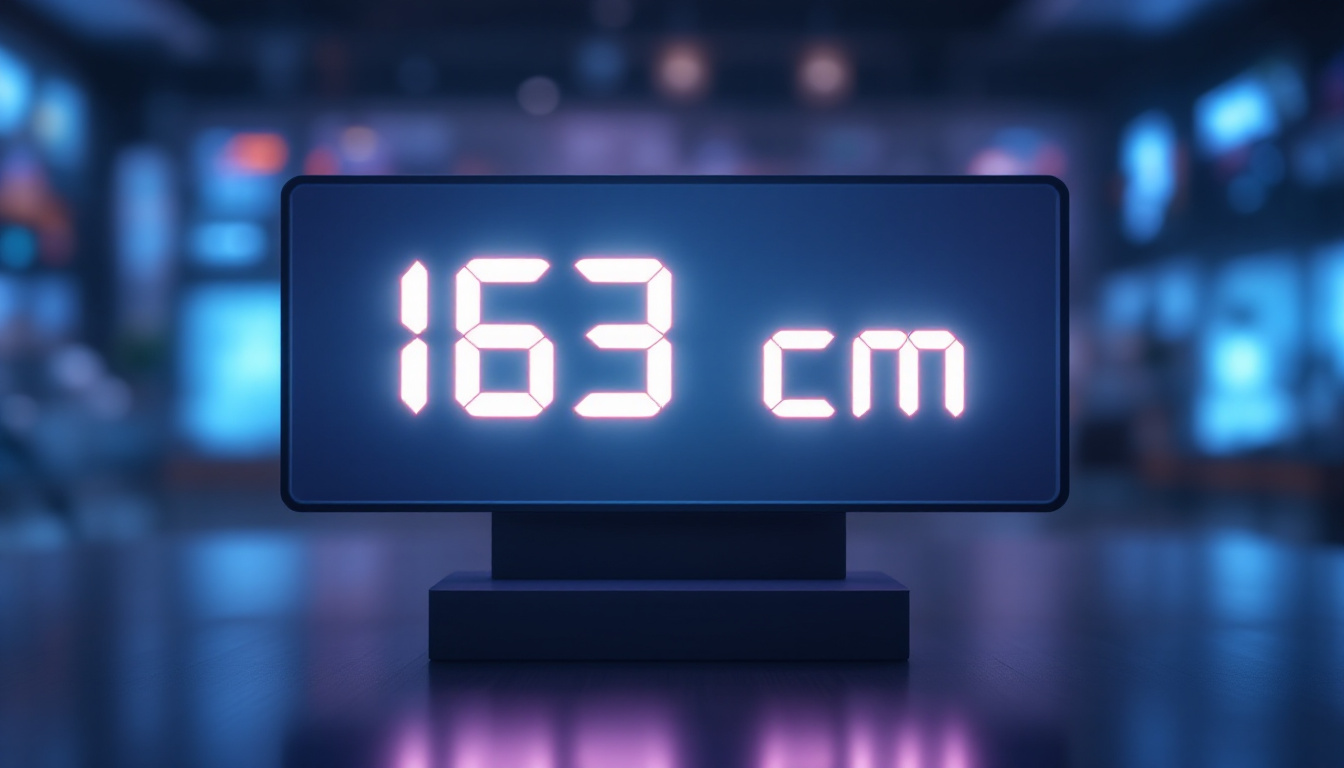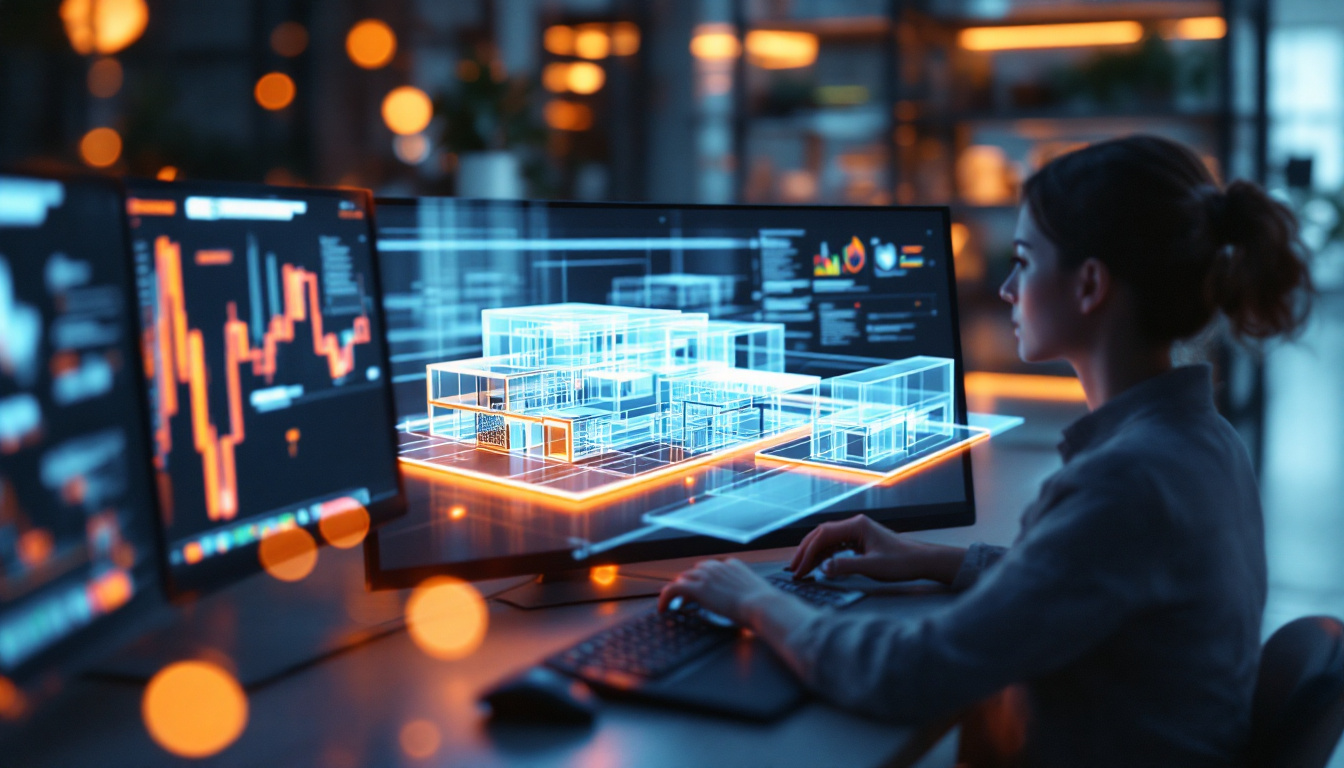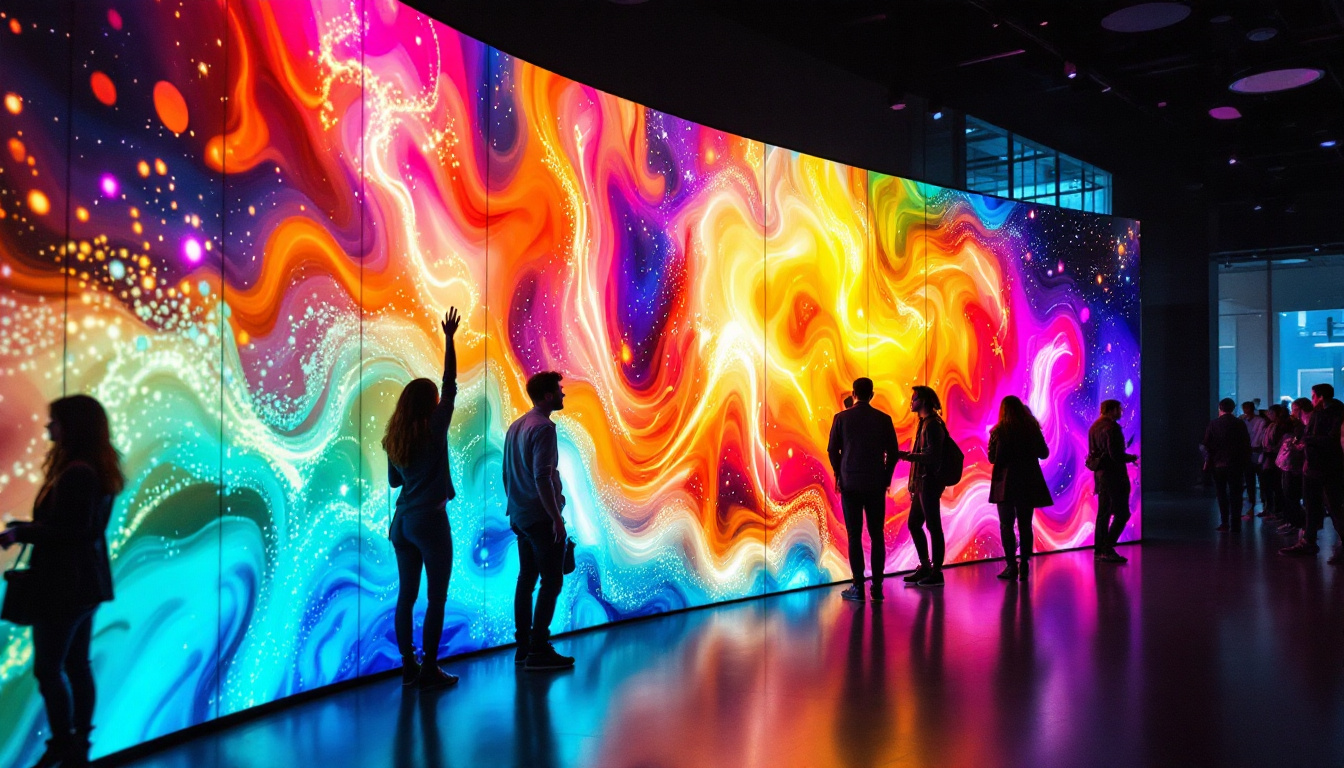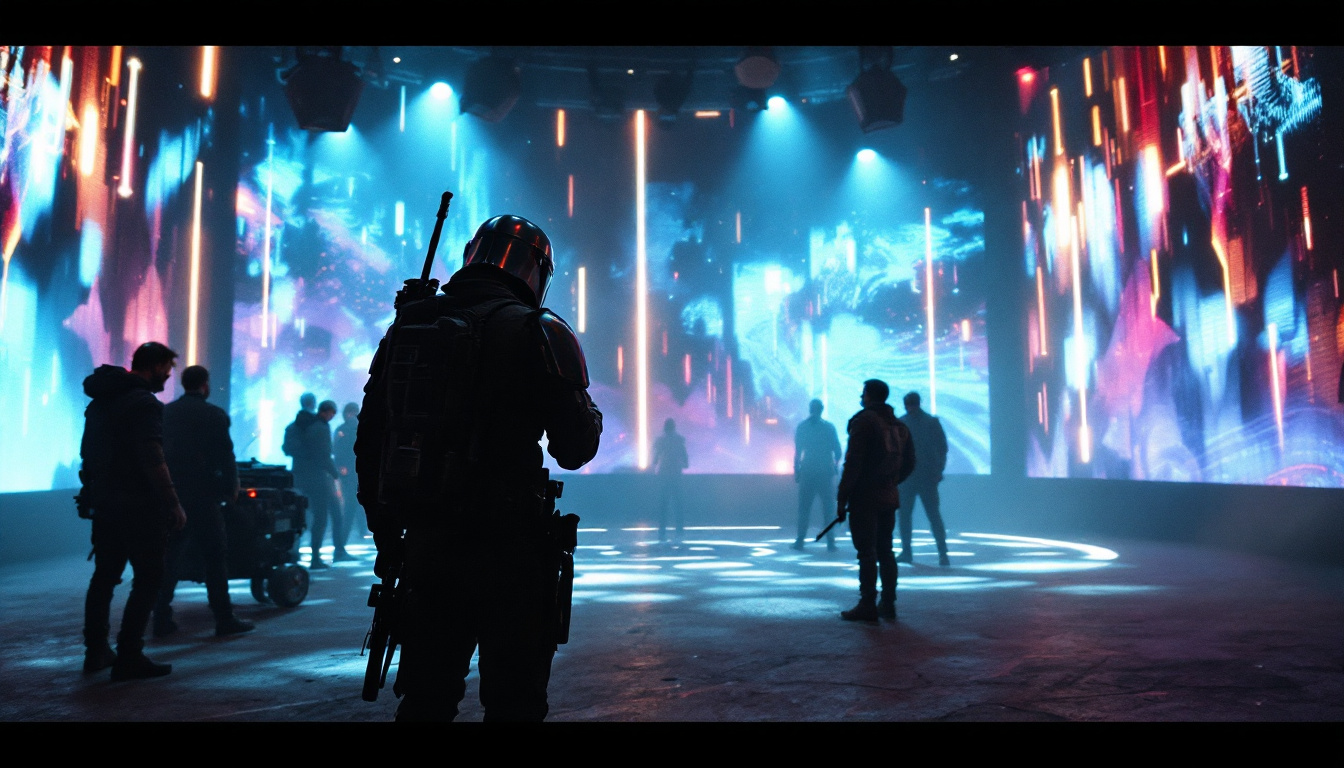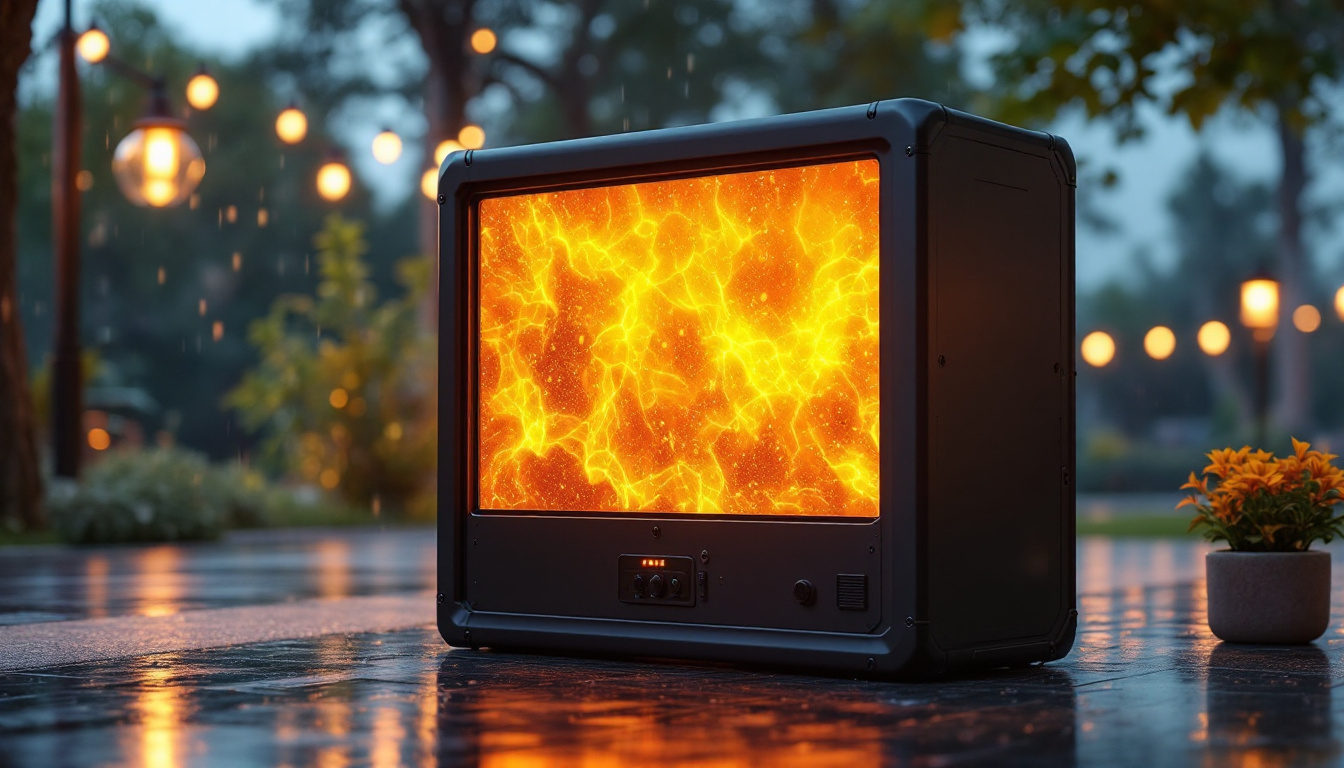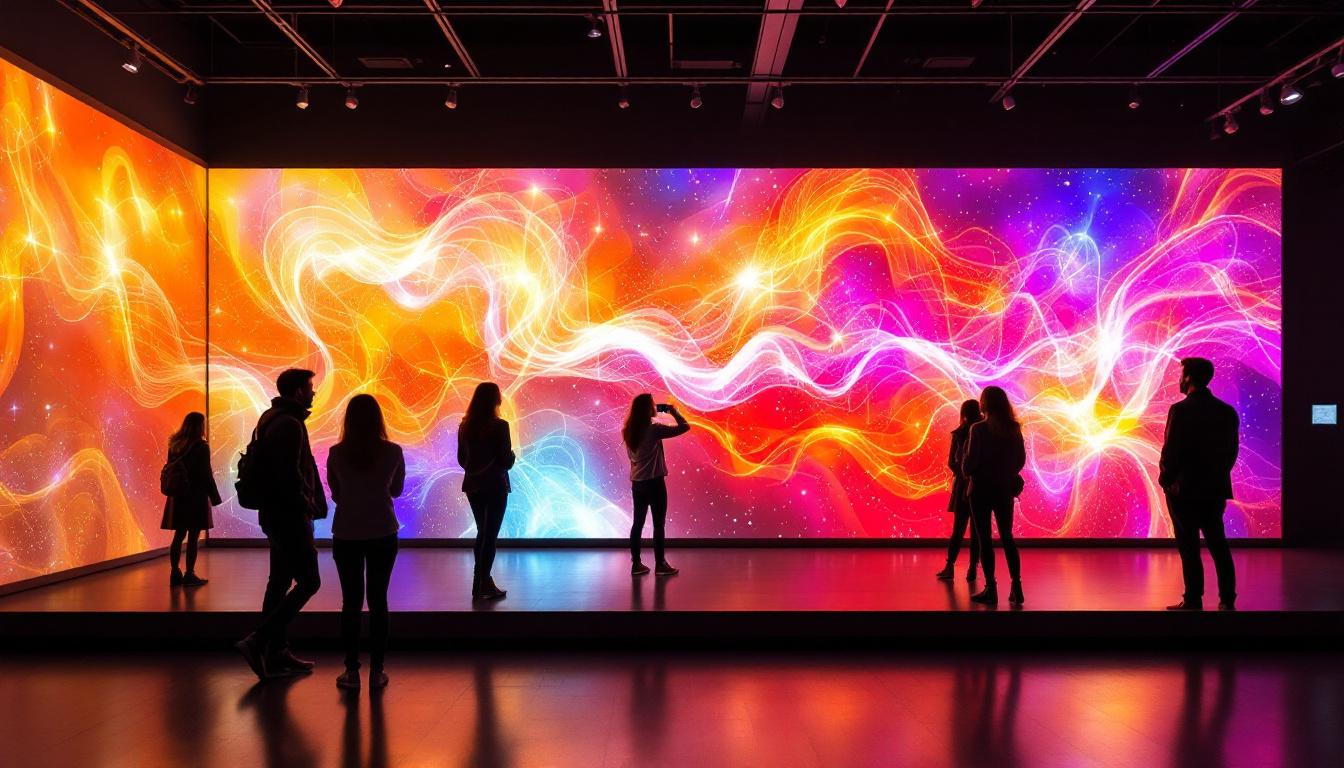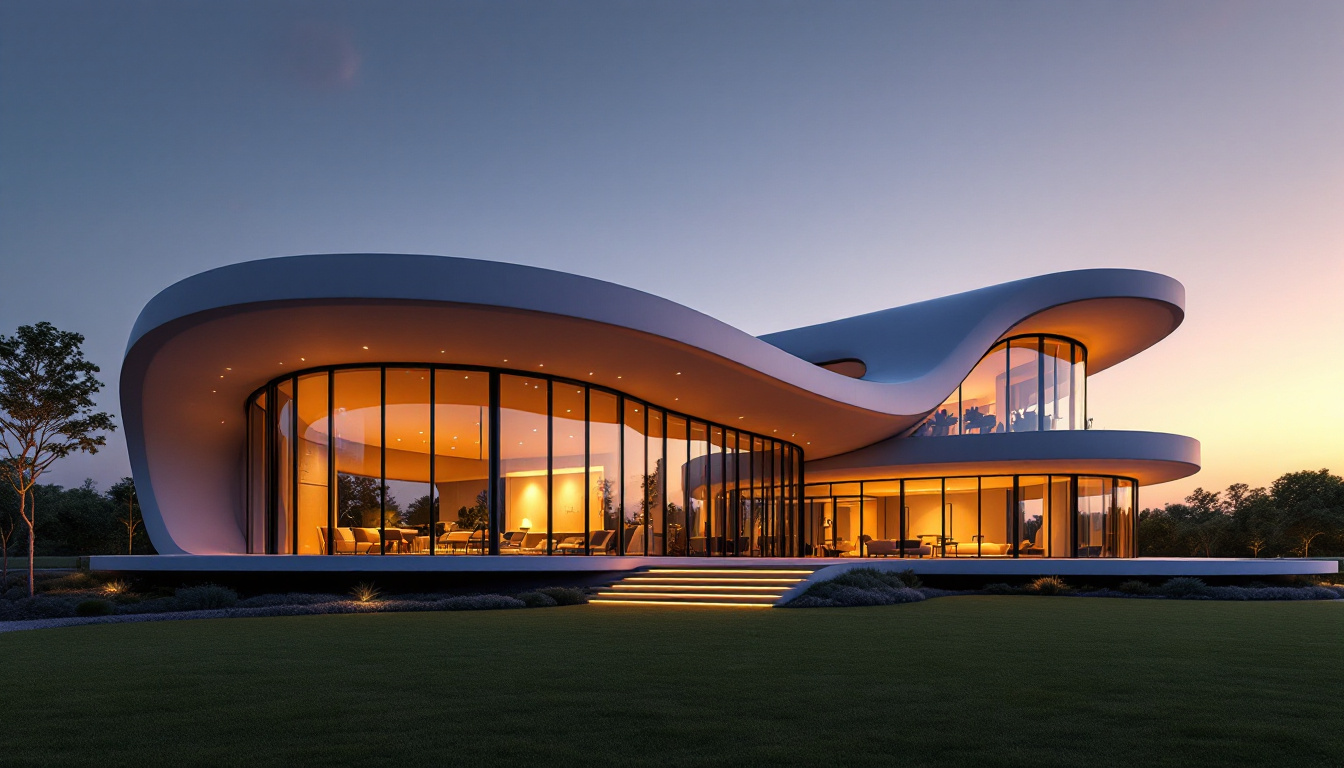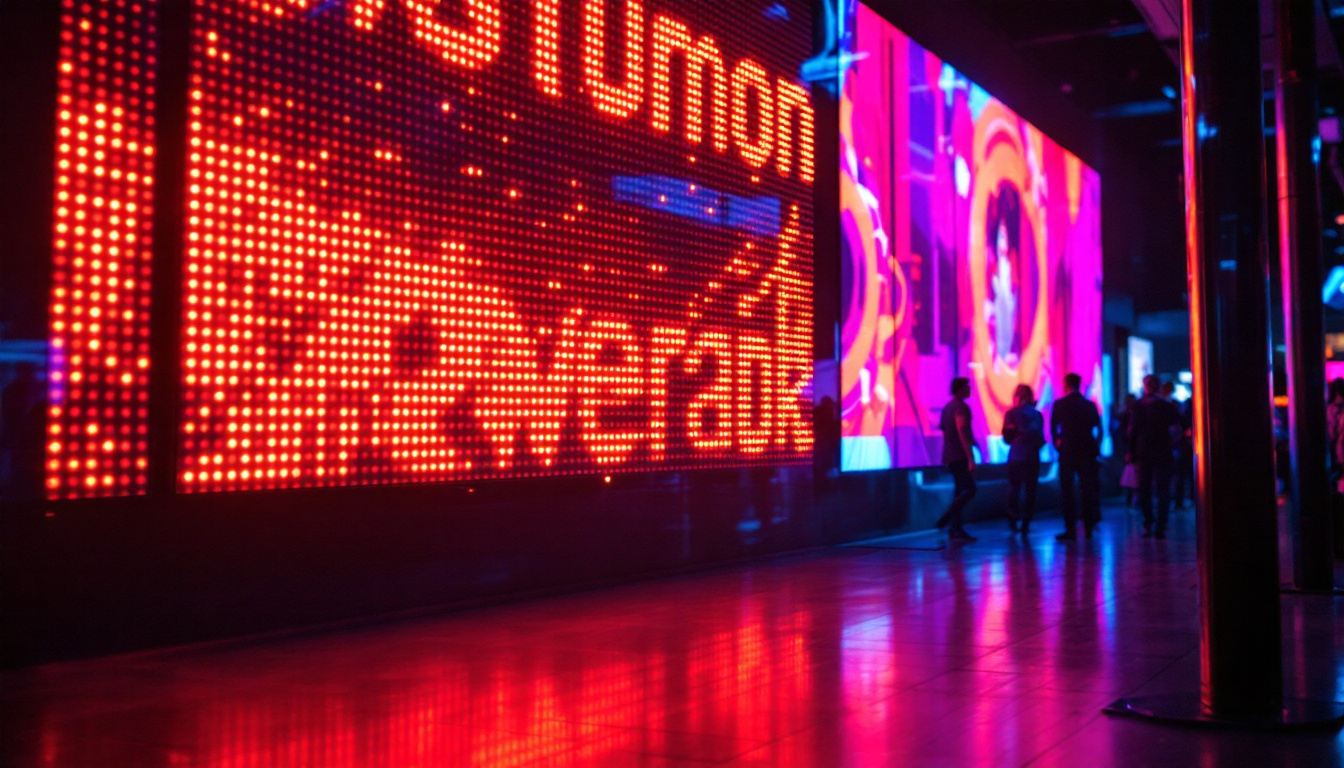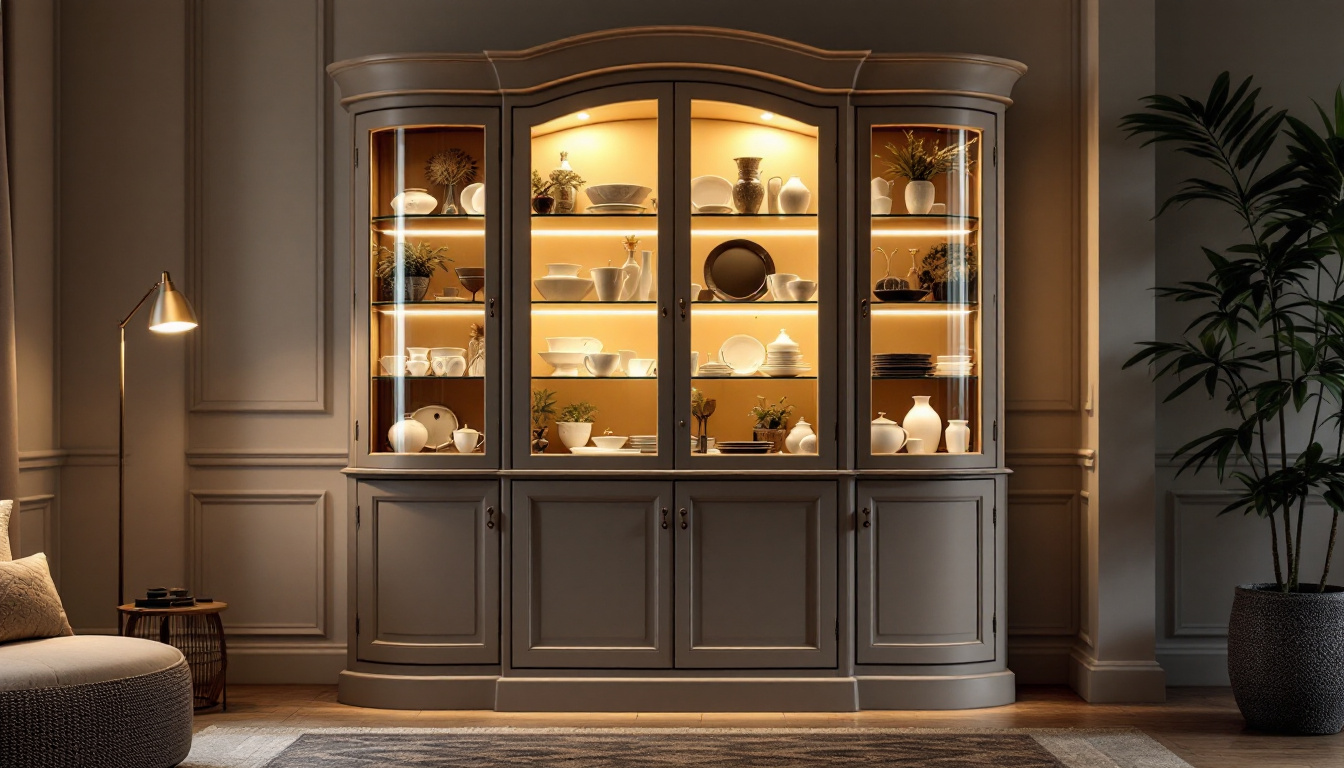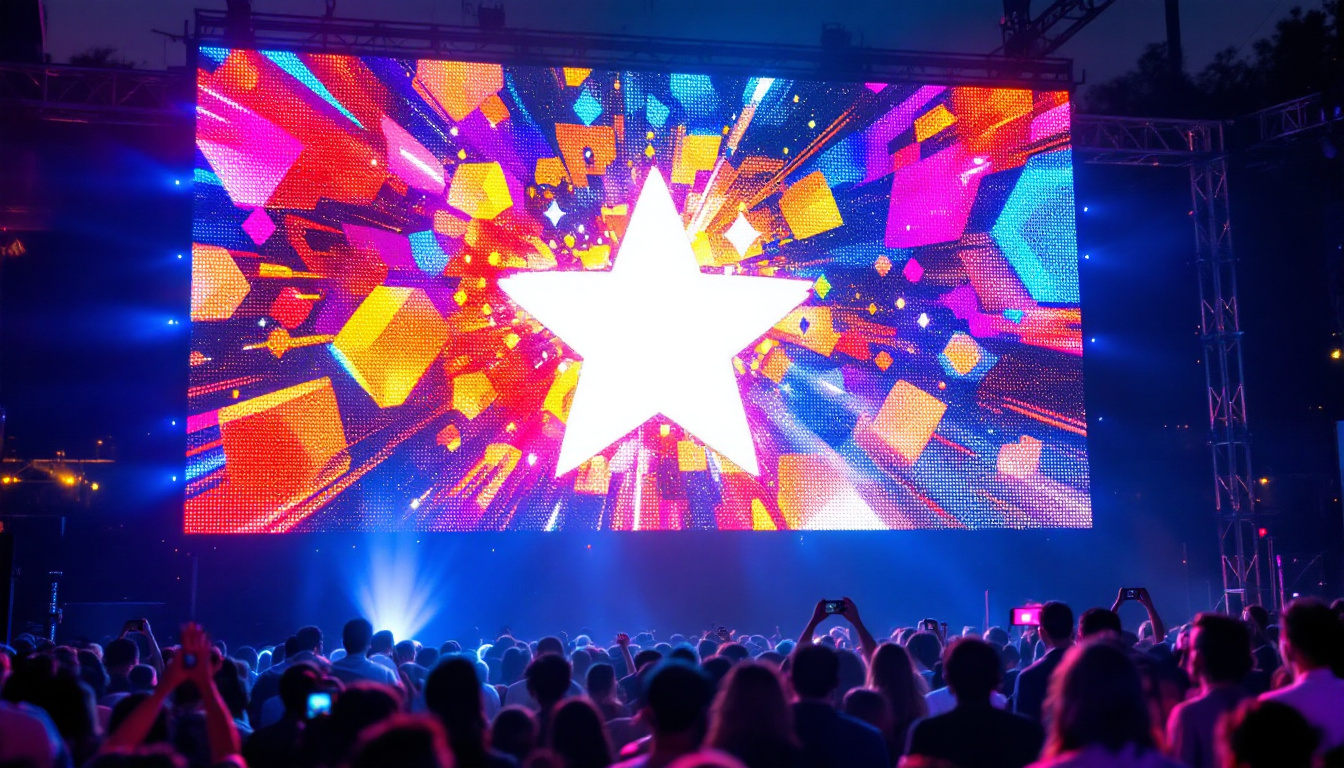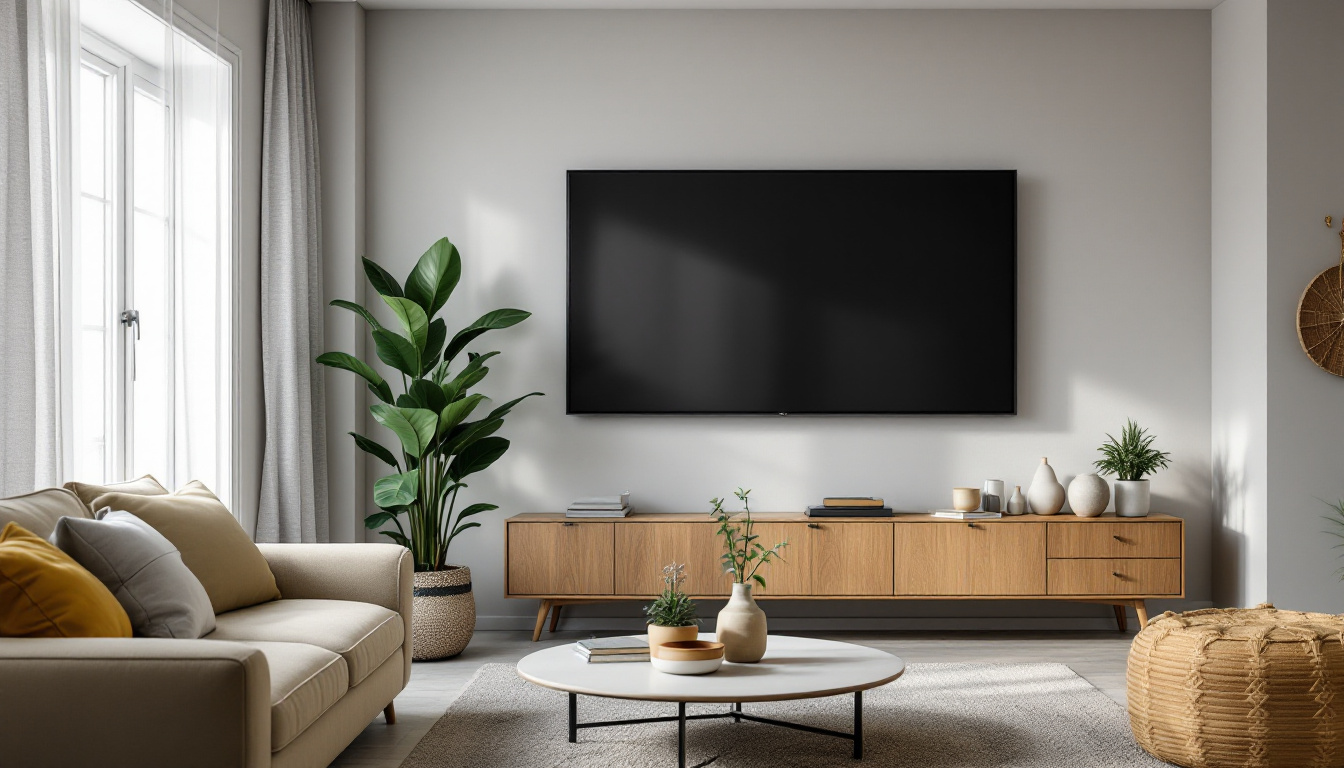In the world of architectural design and building information modeling (BIM), Autodesk Revit stands out as a powerful tool. One of the features that enhance its functionality is the ability to incorporate LED displays into designs. This article delves into the specifications and implications of using LED displays within Revit, offering insights into how they can be effectively utilized in architectural projects.
Understanding LED Displays in Revit
LED displays have become increasingly popular in modern architecture, serving both functional and aesthetic purposes. In Revit, these displays can be modeled to represent real-world applications, allowing architects and designers to visualize their projects more effectively. The integration of LED technology into architectural design not only enhances the visual appeal of a building but also provides dynamic information and advertising opportunities, making them a versatile choice for various environments.
When integrating LED displays into Revit, it is essential to understand the technical specifications that govern their design and implementation. This includes dimensions, resolution, brightness, and the types of content that can be displayed. Furthermore, understanding the environmental factors, such as the location of the display and potential obstructions, can significantly impact the effectiveness and visibility of the LED display in its intended setting.
Technical Specifications
The technical specifications of LED displays are crucial for ensuring that they meet the needs of a project. Key specifications include pixel pitch, which determines the distance between pixels and affects the display’s resolution. A smaller pixel pitch results in a higher resolution, making it suitable for close viewing distances. Additionally, the refresh rate of the display is an important consideration, particularly for video content, as it affects how smoothly the visuals are rendered and perceived by viewers.
Brightness, measured in nits, is another important specification. It indicates how visible the display will be in various lighting conditions. For outdoor applications, a higher brightness level is necessary to ensure visibility in direct sunlight, whereas indoor displays may require less brightness. Moreover, the color accuracy and contrast ratio of the display also play a significant role in the overall quality of the visual output, influencing how effectively the content communicates its message to the audience.
Modeling LED Displays in Revit
Modeling LED displays in Revit involves creating families that represent the physical characteristics of the display. This includes defining the dimensions, resolution, and mounting options. By accurately modeling these elements, designers can ensure that the LED display fits seamlessly into their architectural designs. The ability to visualize the display in context allows for better decision-making regarding placement and integration with other building systems, such as lighting and HVAC.
Revit’s parametric capabilities allow users to adjust the specifications of the LED display easily. This flexibility is particularly beneficial during the design phase, as it enables quick iterations and modifications based on project requirements. Additionally, designers can utilize Revit’s visualization tools to simulate how the LED display will look at different times of day, taking into account factors such as ambient light and surrounding architecture. This level of detail not only aids in aesthetic considerations but also helps in planning for maintenance and accessibility, ensuring that the LED display remains functional and visually appealing throughout its lifecycle.
Applications of LED Displays in Architecture
LED displays are not merely decorative elements; they serve various practical applications in architectural design. From enhancing communication to improving the aesthetic appeal of a building, the integration of LED displays can significantly impact a project’s success.
Wayfinding and Information Display
One of the primary uses of LED displays in architecture is for wayfinding and information dissemination. In large buildings such as airports, shopping malls, and corporate offices, LED displays can guide visitors to their destinations by providing real-time information.
These displays can show maps, directions, and other relevant information, enhancing the user experience. By integrating these functionalities into Revit models, architects can visualize how these displays will function within the overall design. Moreover, the adaptability of LED technology allows for updates and changes to be made quickly, ensuring that the information remains current and relevant. This flexibility is particularly beneficial in environments that experience high foot traffic and frequent changes, such as convention centers or exhibition halls, where timely information can significantly improve visitor flow and satisfaction.
Advertising and Branding
Another significant application of LED displays is in advertising and branding. Businesses can use large LED screens to showcase their products, services, or promotional content. In urban environments, these displays can become iconic elements of the skyline, contributing to the overall branding of a location.
Incorporating branding elements into Revit models allows designers to assess how these displays will interact with the surrounding architecture, ensuring that they complement rather than detract from the overall design. Furthermore, the ability to display dynamic content means that brands can engage with their audience in real-time, adapting their messages based on time of day, weather conditions, or local events. This level of interactivity not only enhances consumer engagement but also allows for a more personalized experience, making the architecture itself a canvas for storytelling and brand identity.
Artistic Installations
LED displays also offer opportunities for artistic expression within architectural design. Artists and designers can create dynamic installations that change over time, adding a layer of interactivity to the built environment. These installations can be used in public spaces, galleries, or as part of a building’s façade.
By modeling these artistic elements in Revit, architects can experiment with different designs and configurations, ensuring that the final installation aligns with their vision. The potential for collaboration between architects and digital artists is immense, as they can explore themes such as light, movement, and color in ways that traditional materials may not allow. Additionally, such installations can serve as focal points in urban landscapes, drawing attention and encouraging social interaction, transforming ordinary spaces into vibrant cultural hubs. As technology continues to evolve, the possibilities for integrating LED displays into architectural design will only expand, pushing the boundaries of creativity and functionality.
Challenges in Integrating LED Displays
While the integration of LED displays in architectural design offers numerous benefits, it is not without challenges. Designers must navigate various technical and aesthetic considerations to ensure that these displays enhance rather than hinder the overall project.
Technical Limitations
One of the primary challenges is the technical limitations associated with LED displays. Factors such as power supply, heat dissipation, and structural support must be carefully considered during the design process. In Revit, these considerations can be modeled to ensure that the displays are not only visually appealing but also functional and safe.
Additionally, the integration of LED displays may require collaboration with electrical engineers and other specialists to address these technical challenges effectively. This collaboration is crucial, as it ensures that the electrical load is appropriately calculated and that the displays are installed in a manner that complies with local building codes and safety regulations. Moreover, the choice of LED technology—such as pixel pitch and brightness levels—can also influence the overall design and functionality, requiring designers to stay updated on the latest advancements in display technology.
Aesthetic Considerations
Aesthetically, LED displays must align with the overall design intent of the project. The size, placement, and brightness of the displays can significantly impact the visual harmony of a building. Designers must strike a balance between functionality and aesthetics to create a cohesive design.
Using Revit’s visualization tools, architects can assess how LED displays will look in context with the surrounding elements, allowing for informed decisions during the design phase. Furthermore, the integration of dynamic content on LED displays presents an opportunity for creativity, as designers can curate visuals that complement the architectural narrative. This can include animations or interactive elements that engage passersby, making the building a living part of the urban landscape. However, it also raises questions about the appropriateness of content and the potential for visual clutter, necessitating a thoughtful approach to content management and display programming.
Future Trends in LED Displays and Revit
The future of LED displays in architecture is promising, with advancements in technology paving the way for more innovative applications. As the capabilities of LED technology continue to evolve, so too will the ways in which architects and designers incorporate these displays into their projects.
Smart Displays and Interactivity
One of the most exciting trends is the development of smart LED displays that can interact with their environment. These displays can respond to changes in lighting, weather conditions, or user interactions, creating a dynamic experience for viewers. In Revit, designers can model these interactive elements to visualize how they will function in real-world scenarios.
As smart technology becomes more integrated into architectural design, the potential for LED displays to enhance user engagement will only increase. This trend will require architects to stay informed about the latest advancements in technology to leverage these opportunities effectively.
Integration with Building Systems
Another trend is the integration of LED displays with building management systems. This allows for real-time monitoring and control of the displays, enhancing their functionality and efficiency. For example, displays can be programmed to show energy usage data, emergency alerts, or other critical information.
Incorporating these systems into Revit models can help architects design buildings that are not only visually appealing but also responsive to the needs of their occupants.
Conclusion
Incorporating LED displays into architectural designs using Autodesk Revit offers a wealth of opportunities for enhancing functionality, aesthetics, and user experience. By understanding the technical specifications and applications of these displays, architects can create innovative designs that resonate with modern audiences.
While challenges exist, the potential benefits of integrating LED displays into architectural projects far outweigh the drawbacks. As technology continues to advance, the possibilities for LED displays in architecture will only expand, paving the way for more dynamic and engaging built environments.
Ultimately, the successful integration of LED displays in architectural design requires a thoughtful approach that balances technical, aesthetic, and functional considerations. With the right tools and knowledge, architects can harness the power of LED displays to create designs that inspire and inform.
Explore Cutting-Edge LED Display Solutions with LumenMatrix
Ready to elevate your architectural projects with the latest in LED display technology? Discover LumenMatrix’s innovative solutions, from Indoor and Outdoor LED Wall Displays to specialized options like Vehicle, Sports, and Floor LED Displays. With a commitment to revolutionizing visual communication, LumenMatrix provides Custom and All-in-One LED Display solutions, including the stunning LED Transparent Display, to captivate your audience and amplify your message. Check out LumenMatrix LED Display Solutions today and transform your space into a dynamic visual experience.

